Introduction To Container Homes in Kenya
Shipping containers are made of robust steel that is not only durable, but also weather resistant. That makes them inhabitable with the perfect modification into a shipping container home.
For some time now, people have been resistant to constructing such homes. But people are starting to open up to the possibility and you could be one of them. So, why not learn about how these shipping containers are actually transformed into beautiful homes?

The Process of Constructing a Shipping Container Home
Here’s a look at the process of constructing a container home:-
- Permits
- Acquiring the actual shipping container
- Planning for the shipping container home build
- Commencement of the housing project
- Foundation setup
- Container modifications
- Installing windows
- Construction of the interior wall
- Insulation
- Installing fixtures and fittings
- Inspection
- Final touches
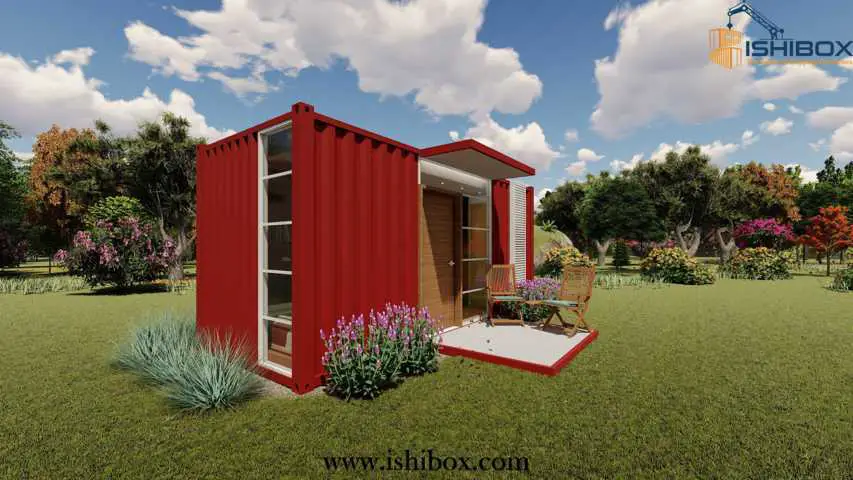
Below is a detailed description of how a shipping container is perfectly modified into a simple yet cozy home.
1. Permits
Just like every other home constructed with brick and mortar, it is best to check if you need building permits for the home. The local council is best suited to advise you on whether you are allowed to actually build the container home.
The Kenyan government hasn’t really recognized shipping container homes as permanent structures, and this means that you do not actually require permits. This, however, does not mean that they are entirely unregulated since the shipping container you plan to modify has to pass customs inspection to ensure the quality is up to standard.
That takes us to the next point!
2. Acquiring the Actual Shipping Container
So, you’ve got all your paperwork sorted, it’s time to look for your home. Take a hike in search of the perfectly structured shipping container. Accompaniment by an architect or structural engineer is best.
They will guide you on choosing the right container as some may present to be too old for use. Some containers may have other issues that may arise from transporting hazardous chemicals and will be unsuitable for a home modification.
So, in case you will not be able to physically observe the sale, it is advised not to buy a used shipping container. It could have visible dents, dings, and rust that may structurally affect the house’s stability.
3. Planning for the Container Home Build
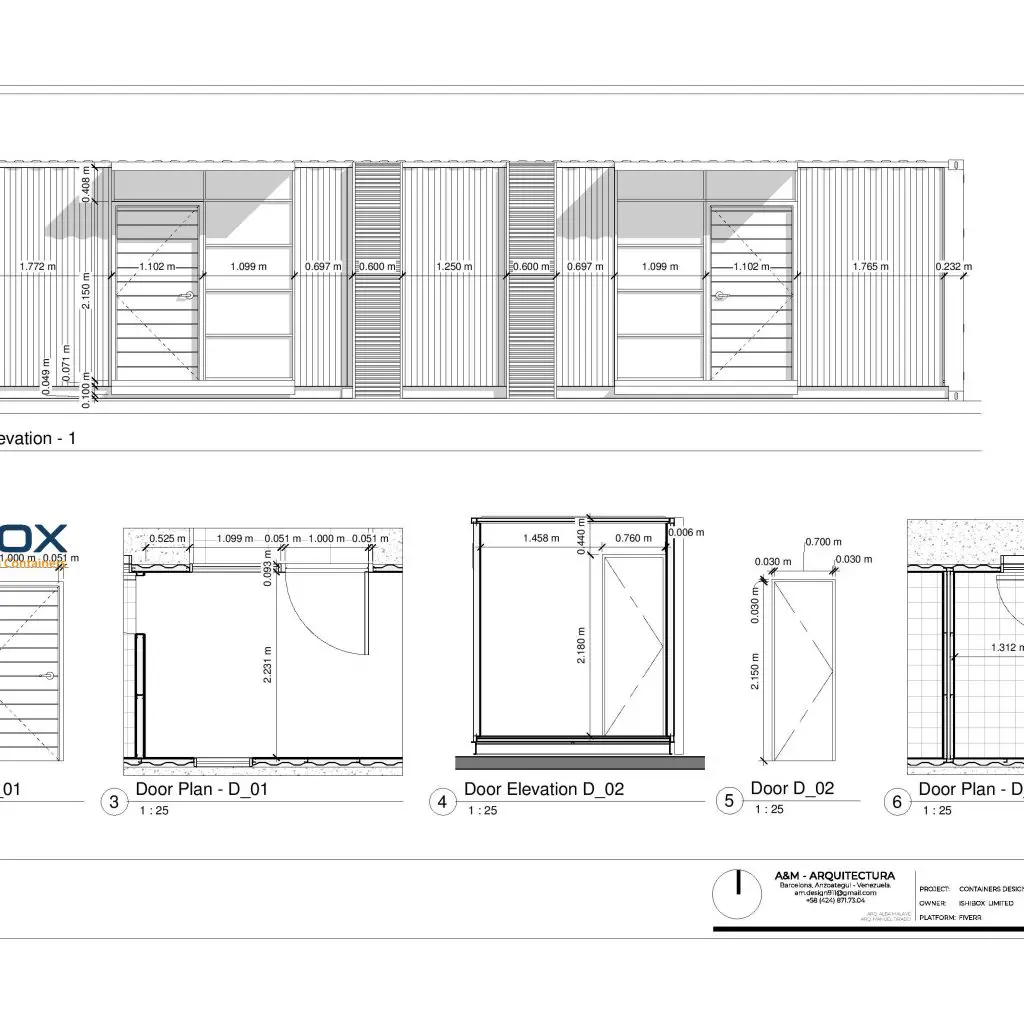
Shipping Container Home Elevation 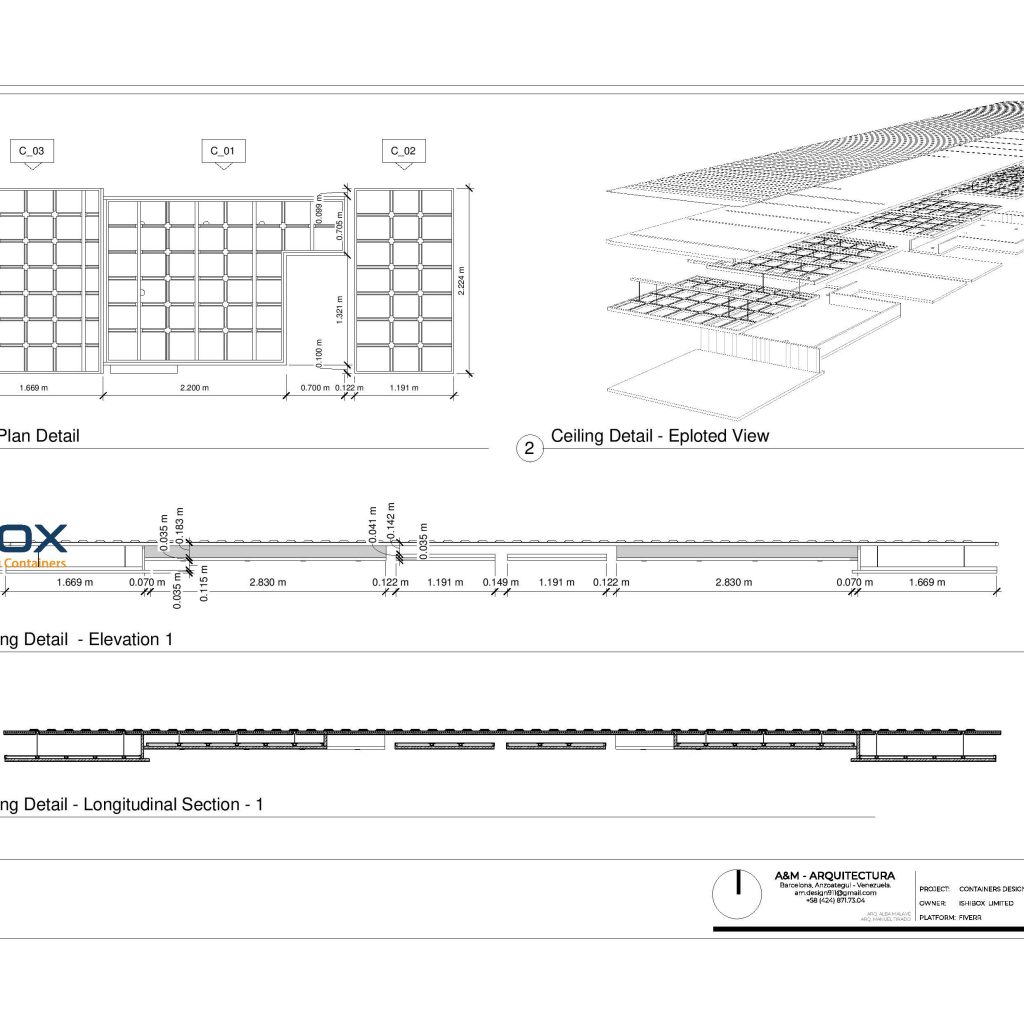
Shipping Container Home Exploded View 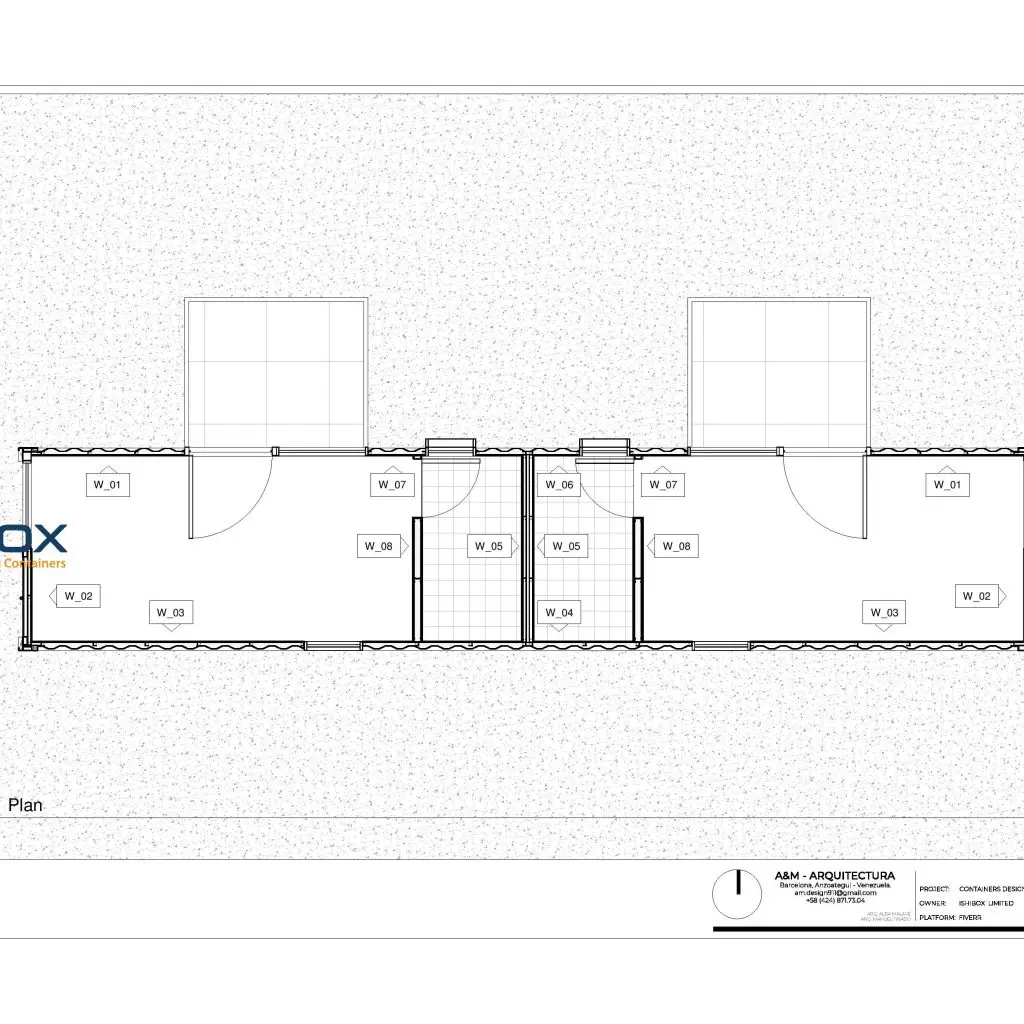
Shipping Container Home Floor Plan
A plan will be put in place by engineers. This will show you all the linings, designing, and modifications necessary to transform the shipping container. All required materials will begin to be procured and sent to the site alongside the container. Although other contractors like Ishibox Limited prefer doing a majority of the work at the factory and only doing final touches in situ.
Upon purchase of a sea container, in most cases, it will be moved to the construction site to await the modification. This could also be the perfect time to set up a comfortable budget for the project. Items will need to be bought among other things and it’s best to have a set-out plan on what you shall be covering and what should be improvised.
Ensure you get your facts right so you are not improvising on the wrong things that could damage the home.
You can learn more about How to Build a Low-cost House by following the link.
4. Commencement of the Housing Project
To this point, the container is now put to work by the engineers and architects. Being a project, you will need to employ a team of workers, together with a project leader or manager, to lead the transformation.
The team could consist of contractors who will do all the structural work. Plumbers and electricians for water and electricity supply. Gas connectors, plasterers, painters, and glaziers.
Ensure to pick the right team for the job. One who will produce the best results, with your specified budget and good turnaround time. Check out references and recommendations for surety.
5. Container home Foundation Setup
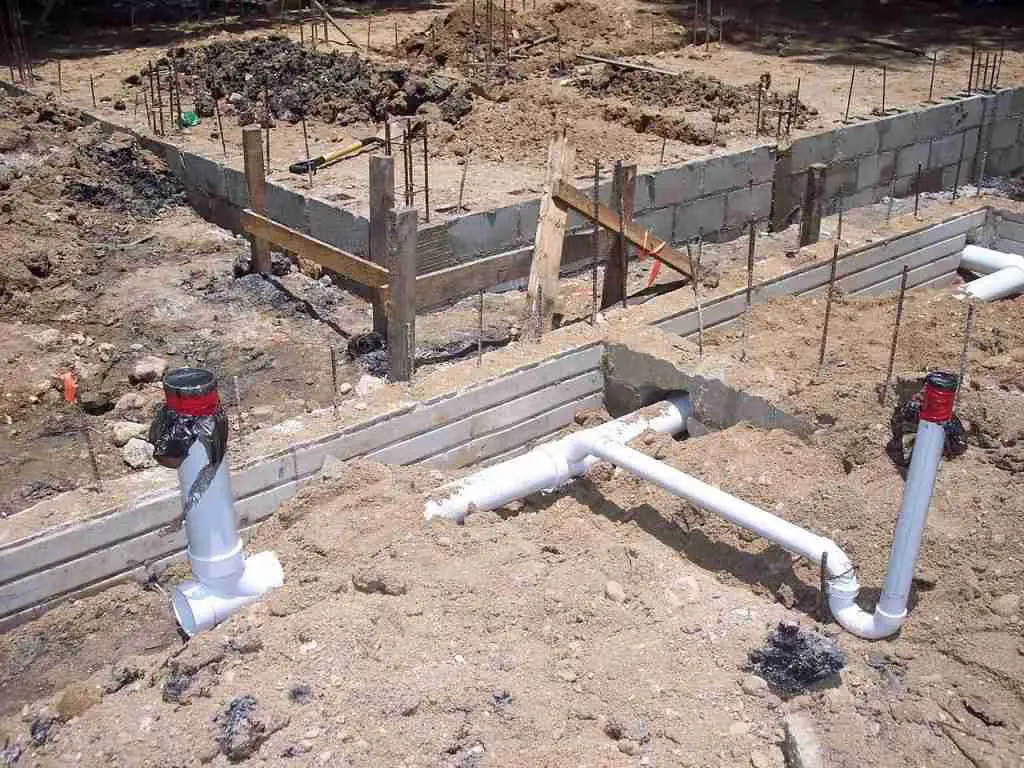
The ground will now need to be prepared for the container. This means that the team will check for utility lines such as water, electricity, and sewage. After that, they will begin to brace the earth with a suitable foundation.
There are different types of foundations that can be used to secure the shipping container to the ground. It could be raised and placed over wood or concrete structures. Or a slab could be made and fitted with the container to ensure its perfect fit. The slab could be made of concrete or steel beams.
6. Container Modifications
Now that the outside has been sorted out, the work begins on the inside. The structural integrity of a shipping container comes from the entire body made of strong steel. Because you will need to cut out some areas to install windows and doors. It is best to let the professionals do that work.
As per the prearranged plan of the house, the container will be cut through and welded for the open spaces. The joints will be weatherproofed. If the engineers see a structural compromise on the container, they could add vertical steel beams neatly arranged on one side of the container.
That will just for additional support to prevent any possible sunken roofs.
7. Installing Windows
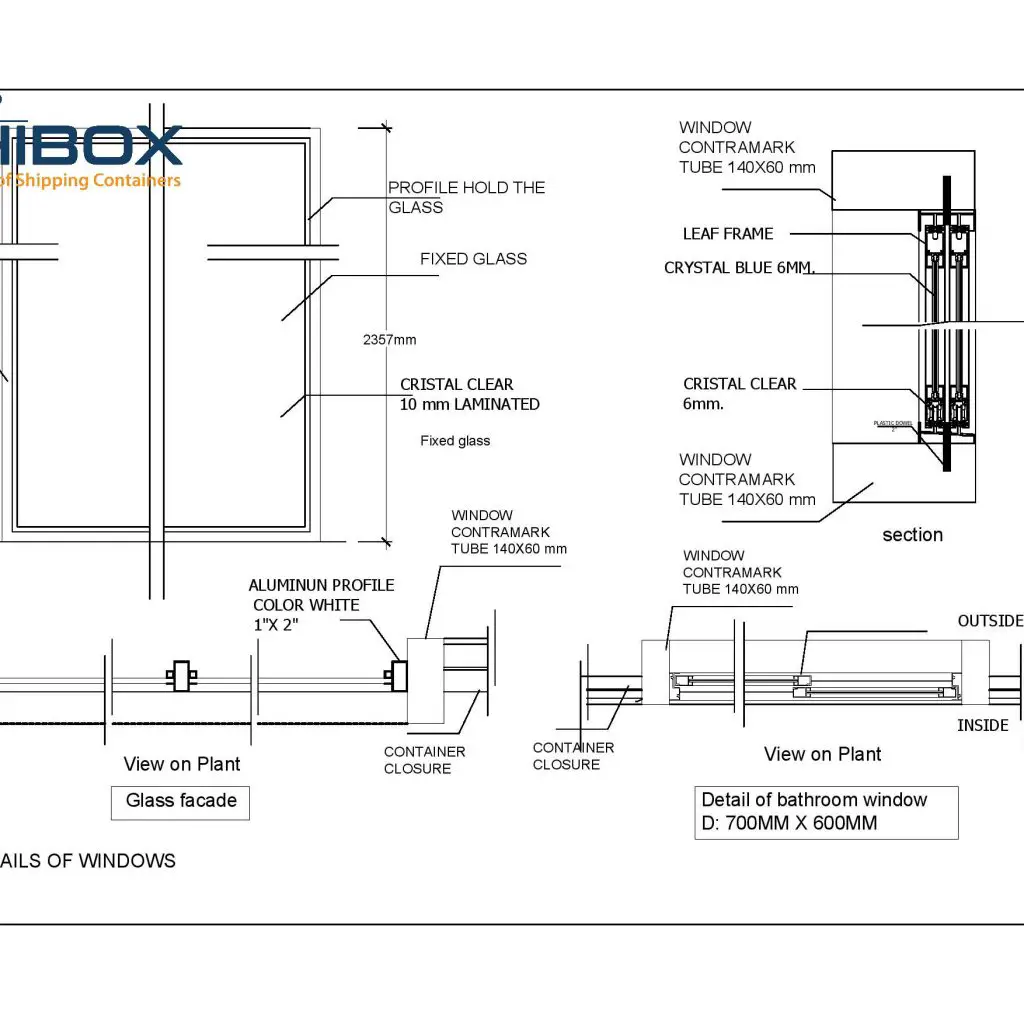
Once the structural engineers have made the openings for the windows and doors, it’s time to install them and check for proper ventilation. The seal comes in when the windows and exterior doors are all tested for structural integrity.
They have to uphold the strength and environmental elements. This means that even in the strong wind, the windows should not easily shatter or shake as that could pose a problem.
Skylights and other ventilation spots could be added into the shipping container.
8. Construction of the Interior Wall
The internal surface has to be modified from the corrugated steel to something more inhabitable. The process starts off with the proper framing that completely supports the edges. You could use steel or wood to completely line the inside of the container.
Other professionals come in to adjust other features. For example, the waterline, electrical lines, and switches, plus any other lines that may be covered by the wall.
At this stage, insulation comes in. There are different types of insulation used depending on what you like. Fiberglass insulation, cell spray, foam, or polystyrene could be used to adequately insulate the container.
This process is necessary to ensure the climatic changes from the environment are properly accounted for. As the container is full of steel. Without insulation, you will either experience extreme heat or extreme cold. The insulation is meant to adjust that.
Then comes the wall paneling. As you are constructing a shipping container home, engineers and contractors will either use drywall or sandalwood panels to smoothen out the wall. Either both types do a good job hiding any seams plus they have a smooth outer texture suitable for a home.
9. Other Insulation
Insulation is not only done on the interior walls of the container but also the floor and the roof. Both areas have to be completely insulated to maintain the climate on the house. This work is done before other panelings are done in both areas.
The floor will be insulated before any tiling is conducted, and so will the roof. That is why most engineers will advise you to purchase a high cube. This means that the height level is higher by about feet.
This is to allow for adequate space for insulation and roof covering. It is also essential to prevent any compromises on the height as this may lead to the container home feeling a bit squeezed.
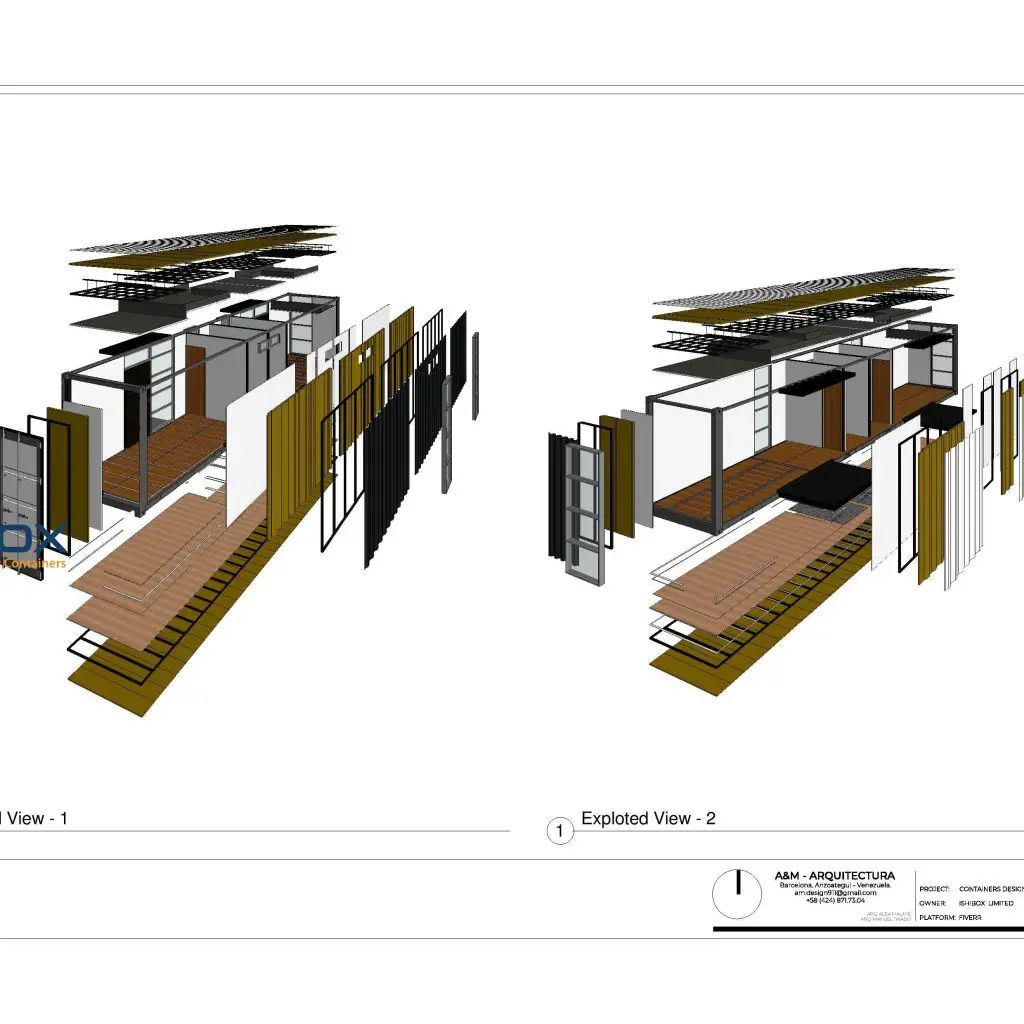
10. Installing Fixtures and Fittings
Here, most of the hard work will be completed and we’ll now be down to the nitty-gritty details. The subcontractors such as plumber and electricians will now install the required lines (plumbing and electrical). This also goes hand in hand with gas connectors and glaziers.
The toilets, bathroom area, sewage systems will be installed. Switches tested if they work in all the rooms. By now, all the room partitions will have been completed. Painters are also called to work, painting the interior and exterior for a nice home finish with the color of your choice.
Shipping containers have a rust-free coating on the steel. This is usually painted from the beginning to withstand the harsh climatic conditions of the sea during transportation.
An extra layer of rust-free paint will be added, which will need to be redone once in a long while to maintain a good appearance. Otherwise, it is no issue during painting as the corten steel is easily painted.
If you so choose, solar panels will be installed for additional lighting or electrical advantages. Just like any other home, you can invest in energy-saving techniques for your container home.
11. Inspection Time
At this stage, all the work is finished and inspection has to be done to ensure all the elements are in proper working conditions. The inspector will go through to ensure the construction is up to code and ready to be inhabited.
Any necessary changes can be made at this point before any moving in is allowed. In short, when everything has checked off, you will be allowed to move into your new home.
12. Final Touches on Your New Container Home
In this step, the necessary landscaping and decorations are going to be put in place. The grass is cut among other things you may need to do like adding flowers and the like. That is to say, you are now allowed to move into your new home. Furnish the house to your liking and enjoy affordable Ishibox homes.
Conclusion
The joy of having a new container home is just as similar to the one constructed with brick and mortar. One advantage over them is that the turnaround time for the construction is relatively little.
Depending on the type of house you would like, it could only take about a month to entirely modify a container into a home.
With dedicated engineers and architects at Ishibox Limited, you could turn this dream into a reality. This is how to construct a shipping container home in Kenya.

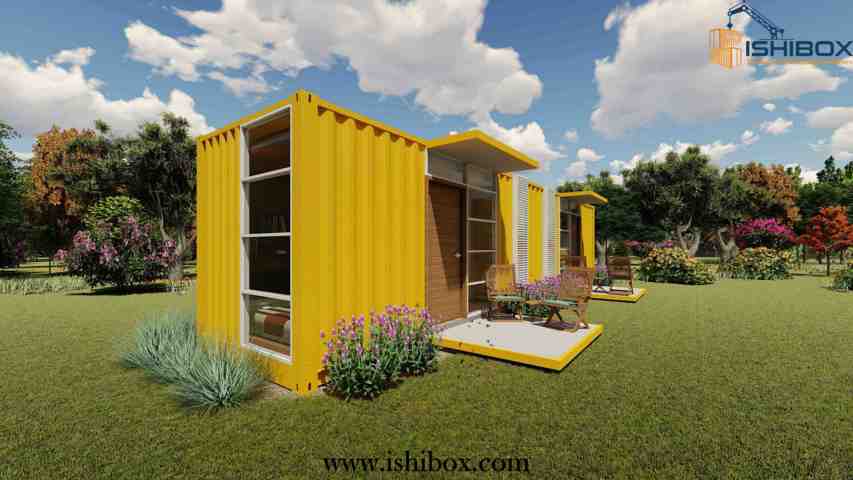


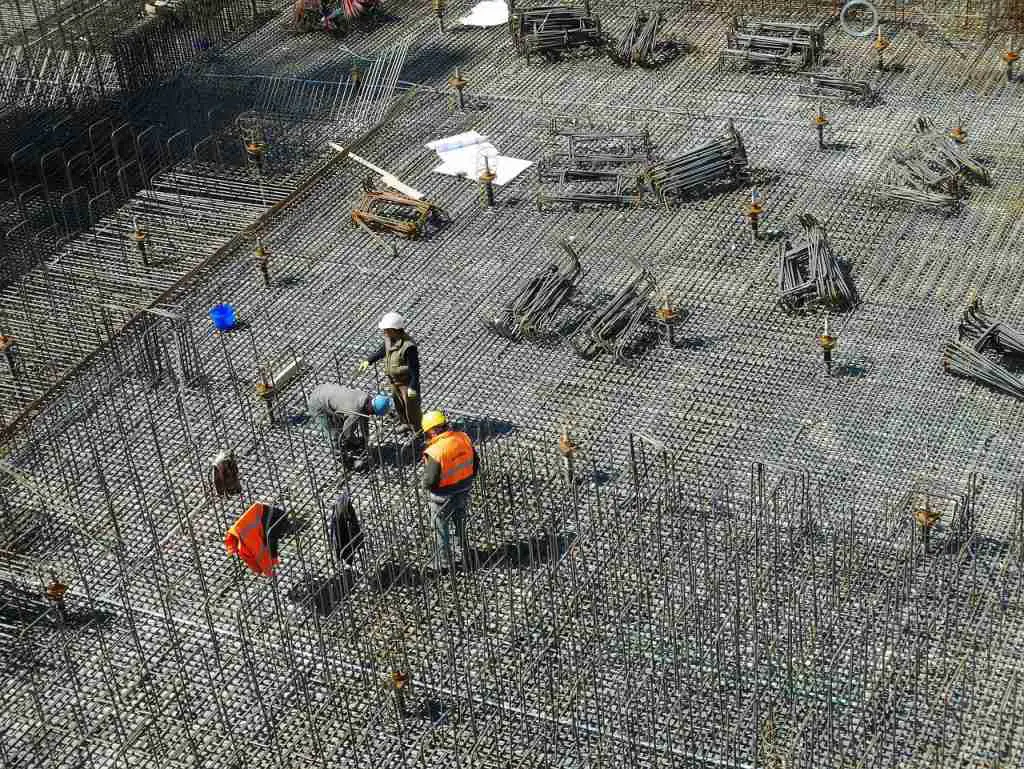


Recent Comments